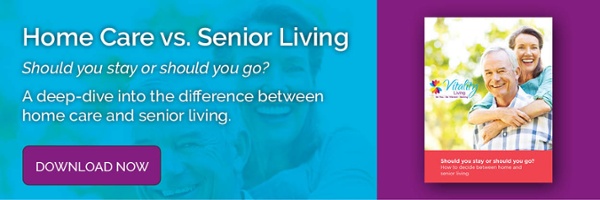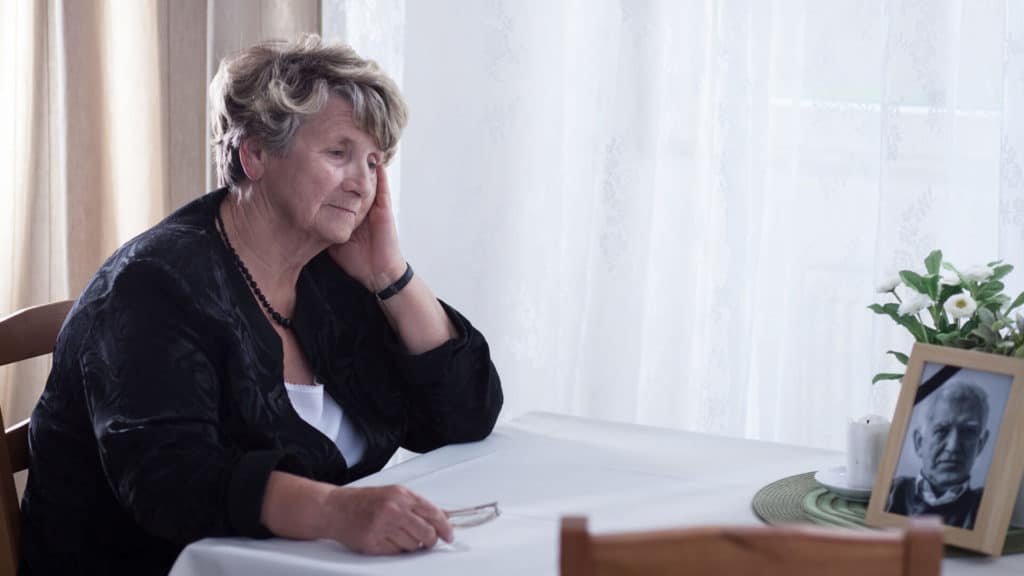There is growing concern among aging experts about the negative health impact of isolation and loneliness on older adults. Though technically speaking isolation and loneliness are separate conditions, obvious connections exist between the two.
Loneliness is considered to be a subjective experience, a perception that one is alone. Isolation is a measurable and objective state of living. The distinction isn’t very significant when it comes to our older loved ones. That’s because even the perception of loneliness can lead to health problems, such as depression and premature death.
By learning more about the health impact of isolation on older adults, we can work to reduce it.
The Need for Companionship is Universal
People need people is something of a cliché, but one that has merit. No one can thrive in isolated conditions. This is one of the universal truths about human nature, and one that doesn’t change as we grow older.
Whether they’re 10, 50, or 100 years old, human beings are social creatures who suffer a variety of negative effects if they become too isolated. Without a doubt, everyone needs alone time. When the occasional few hours of solitude becomes true isolation, however, the health effects can be significant.
Unfortunately, it’s often our senior loved ones who are at the greatest risk of suffering the debilitating effects of isolation. Older adults are more likely to experience loneliness, with one study asserting that 43% of persons over the age of 65 report feeling lonely.
The Health Impact of Isolation in Older Adults
A few of the negative health outcomes that are associated with isolation in older adults include:
- Cardiovascular disease: Isolated older adults are more likely to develop cardiovascular problems than those who are engaged with a social network. The severity of these diseases also increases.
- Dementia: Seniors who are isolated are significantly more likely to develop dementia than those who are socially connected.
- Mobility problems: Mobility is both a cause and a consequence of isolation. Difficulty getting around can cause an older adult to become isolated. And isolation can then lead to greater mobility problems and decreased independence.
- Nursing care: Research shows isolated seniors are more likely to require earlier admission to nursing care communities.
- Falls: Older adults who are isolated often live a more sedentary life. This puts them at increased risk for debilitating falls.
- Depression: Isolation is also associated with increased risk of severe depression among older adults.
This is by no means an exhaustive list of the damaging health effects of isolation on older adults, but it does help demonstrate the depth of the problem.
Hope Going Forward
Fortunately, the negative effects of isolation on the physical and emotional health of older adults are now being taken much more seriously than they were in the past. In fact, one of the nation’s largest insurance companies has recently established a program that treats isolation in older adults as a serious health condition.
Along with a large set of long term studies that link isolation to poor health outcomes in older adults, this initiative signals a new and more holistic approach to caring for seniors.
The Benefits of Assisted Living
One of these solutions might be an assisted living community. These communities are designed to balance privacy and independence with companionship and effective care.
Vitality Senior Living invites you to come see the social aspect of assisted living for yourself. Please contact us to schedule an in-person tour of one of our communities.




